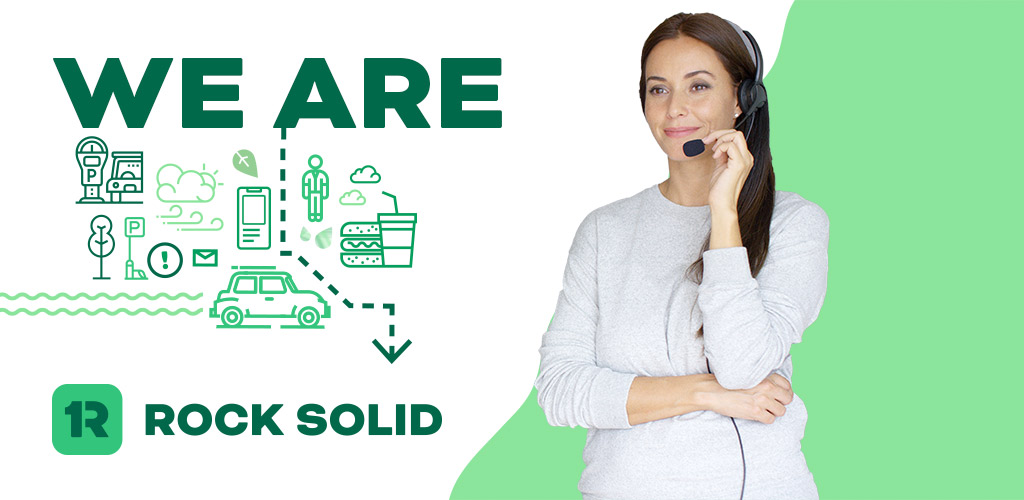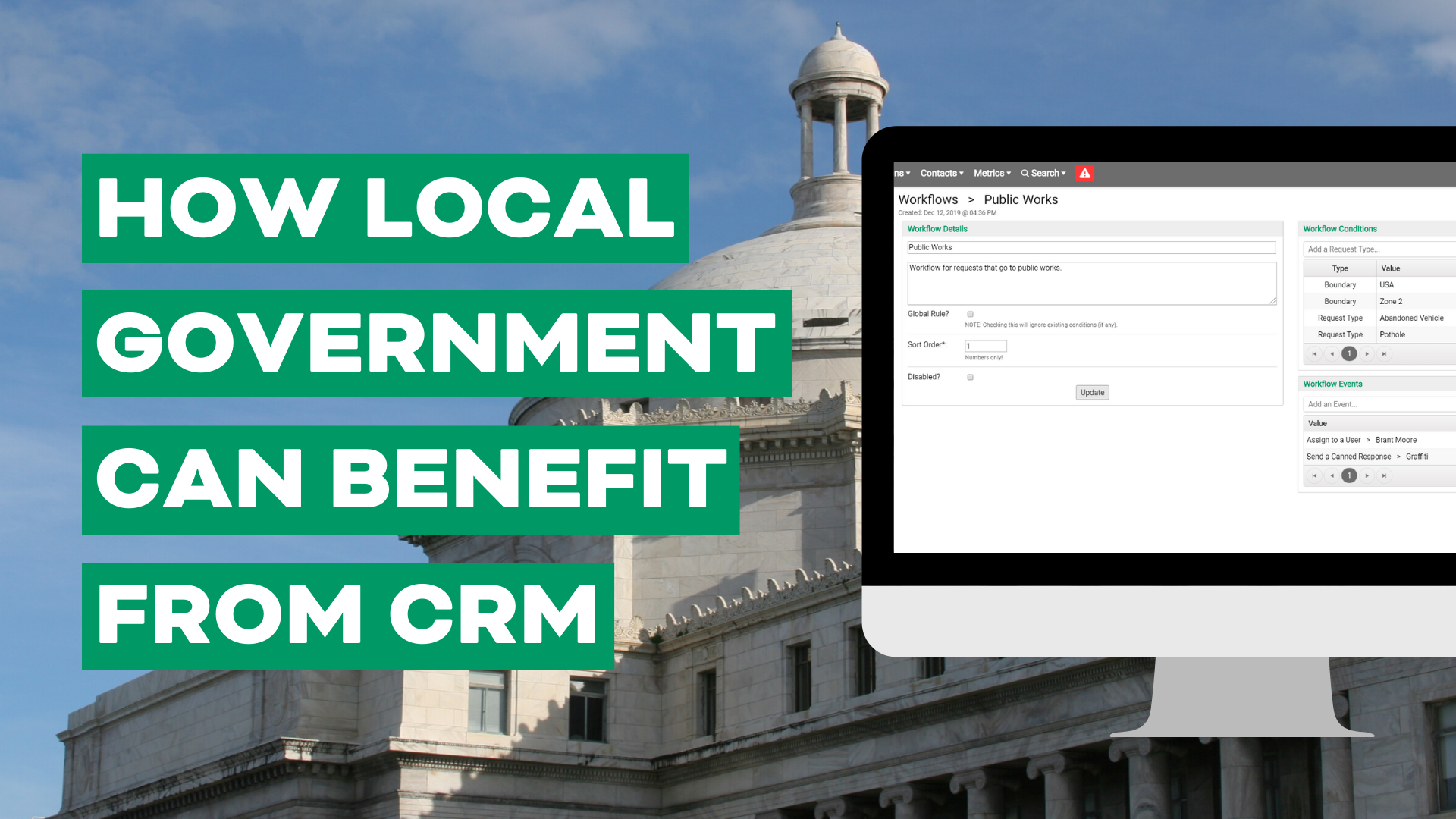We all experienced the magnitude of the pandemic in big and small ways, and we’re sure that this isn’t the first blog you’ve read with a focus on the long-term aftermath of the pandemic and adapted ways of living. Though COVID-19 showed us a great shift in hybrid and remote living, there also came many other new ways of thinking and technologies. Society as a whole began integrating resources that accommodate making decisions for the benefit of general public health.
In our recent research report, we uncovered citizens' preferences on how they want to interact with local government services. We surveyed citizens nationally in 2022 to discover a consensus on making smarter, data-driven decisions toward citizen engagement planning. The interesting aspect about it all is that we ran the same survey back in 2020, which if you might recall was the beginning of a pretty big national and global health crisis.
In our full comprehensive research report, we take a deep dive into citizens' responses on communicating with local government and accessing local government services, but it’s reasonable to consider that some respondents' answers might be influenced by public health. This is why we will discuss 3 prominent ways that public health has shifted citizen preferences in communication - in the hope to educate, inform, and empower local government officials to make more strategic decisions toward citizen engagement with a focus on public health. Let’s begin with how preferred ways of interacting with local government services have been affected by public health:
1. DISCOVERING THE CHANNELS TO PRIORITIZE TO PROVIDE DIGITAL ACCESS
In the 2020 survey, 50.6% of respondents said their most-preferred way of interacting with local government was via in-person visit. This time around, that figure has declined to 46.6%.
We know that during the pandemic generally many places expanded their digital infrastructure, to accommodate CDC guidelines and stay-home orders. It’s reasonable to consider that the decline in in-person visits was influenced by the public health crisis.

So thinking toward the future, what does this mean for local governments and preferred forms of communication? Nearly 66% of respondents cited smartphone apps among their top four preferred means of engaging with local government.
It would be strategic for local governments to offer access to priority local government services (311, Utility Billing, Pothole/Street Repair Requests) on channels like smartphones. After all, we’re already in the groove of future-proofing our organizations.
2. MEETING CITIZENS WHERE THERE AT
In our recent blog, we dove into 5 Ways Local Government Can Serve Millennials and Gen Z better- mostly in part because our comprehensive survey showed younger generations tend to disagree with the statement “I can communicate with my government easily.”
We can see that as generations get older, they tend to have a greater agreement with the statement “I can communicate with my government easily.” How is this generational citizen preference influenced by public health? Well- local governments have years of experience accommodating older generations and older generations were also the most vulnerable population to the pandemic.
We know that older generations might be less tech-savvy than younger generations, and it makes sense as Millennials and Gen-Zers grew up with technology.
“Older adults are already at a digital disadvantage: 18% of over-65s do not have internet access. Propelled by enforced isolation, older people increasingly turned to technology during the pandemic, but not all were able to connect or communicate with friends and family via the internet.” (The Conversation)

How does this impact city and citizen communication? Well, since we know Millennials and Gen Z prefer smartphone app communication, it’s logical to turn access to priority local government services into these channels of communication. It’s also important to consider that older generations are notoriously late adopters of technology, and local governments must work toward bridging the digital divide so they don’t get left behind.
3. FUTURE-PROOF CITIZEN ENGAGEMENT PLANNING
As we just mentioned, it’s important to make citizen engagement planning decisions that can adapt to the future and unprecedented times. One example of how collectively we’ve adapted a future-proof model is the implementation of hybrid and remote work as a workplace norm. These days, employees almost expect hybrid and remote work. “83% of workers would prefer a hybrid work model in the future.” (Zippia) Local government (and other organizations) recognize that workplace flexibility can help recruit and retain qualified employees.
The same is true when thinking about the future and technology resources that work toward improved local government communication.

“As they look to modernize their infrastructure in the post-pandemic world, governments around the globe are expected to increase their spending on IT tech, according to a new Gartner report that forecasts IT spending will hit $557.3 billion in 2022 - up 6.5 percent compared to this year.” (Unified Post)
That’s a big number- but it’s useful that the government is helping to provide funding to accelerate and modernize governments. Here are some questions to consider when selecting future-proof technologies for your local government:
- Is the technology/resource cloud-based?
- Does it create efficiencies in local government services and their process (311, Pothole Repair Requests, Utility Billing, etc.)
- Does the technology/resource improve automation?
- Is the technology/resource omnichannel?

According to Gartner⁸, governments should modernize their applications by 2025. This is where local governments can adopt digital technologies first. (Unified Post)
So, we’ve discussed the importance of local governments adopting future-proof technologies to protect and secure their organizations. Though the pandemic drew attention to how paramount modern technology is for organizations, it’s important to actively research local government providers that meet the future-proof standards.
Bottom Line:
It’s important to take into account how powerful public health events shift digital and communication landscapes. It's likely you may be working a work-from-home/hybrid position that wasn’t in place pre-pandemic times, that’s the power in public health events and shifting norms. It’s crucial for local governments to move toward communication with an angle toward public health to preserve and protect their organization. Our full What Citizens Want report takes a deep dive into how citizens want to interact with local government services with data to make more informed decisions.

